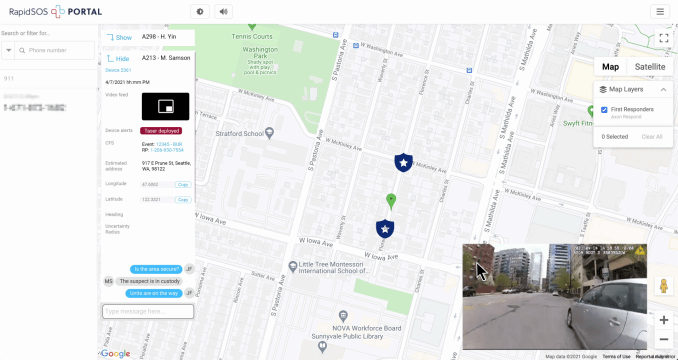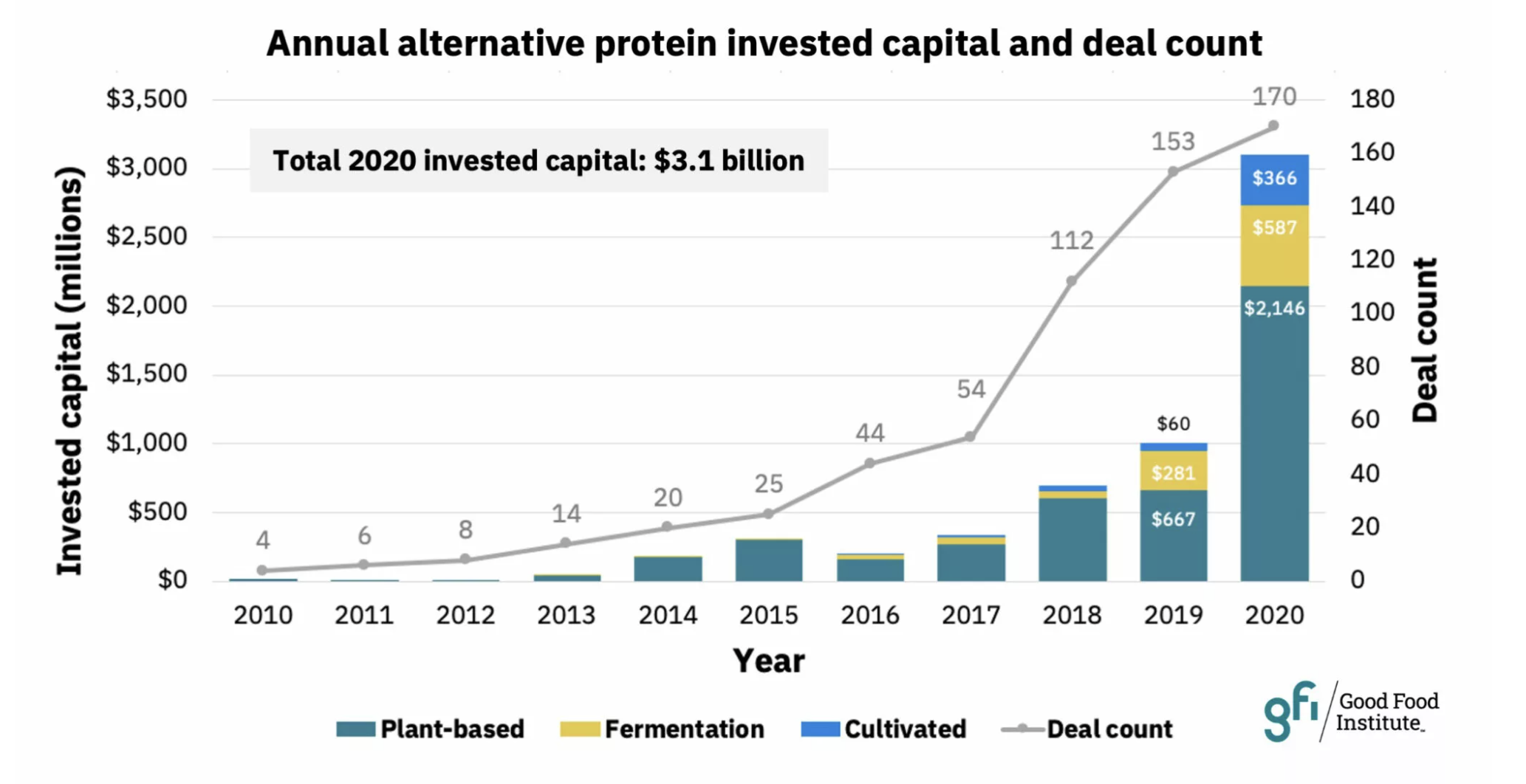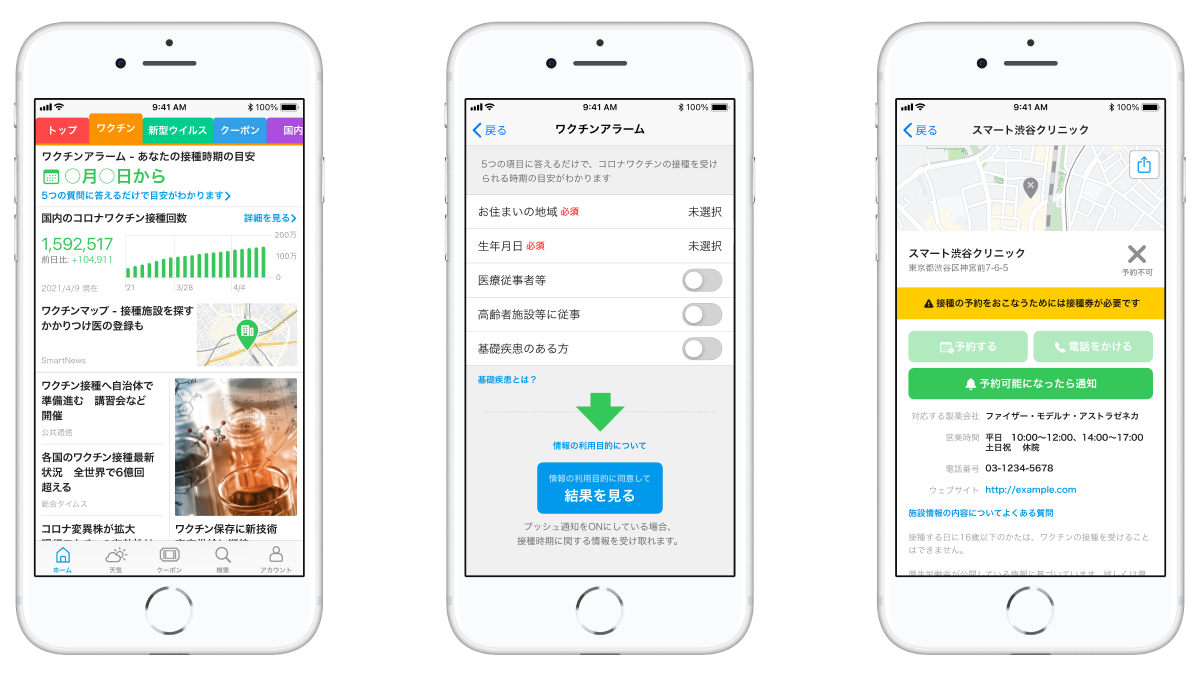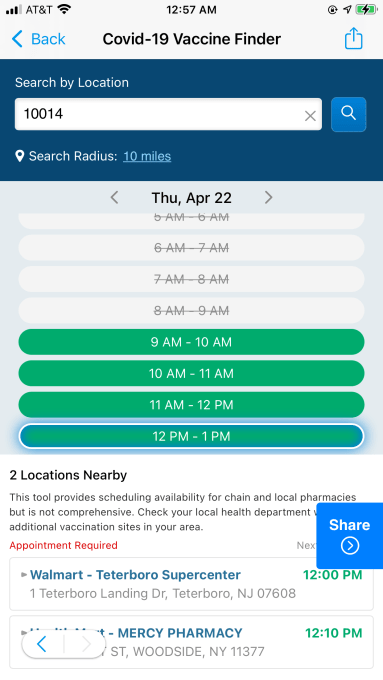News: As ExxonMobil asks for handouts, startups get to work on carbon capture and sequestration
Earlier this week, ExxonMobil, a company among the largest producers of greenhouse gas emissions and a longtime leader in the corporate fight against climate change regulations, called for a massive $100 billion project (backed in part by the government) to sequester hundreds of millions of metric tons of carbon dioxide in geologic formations off the Gulf
Earlier this week, ExxonMobil, a company among the largest producers of greenhouse gas emissions and a longtime leader in the corporate fight against climate change regulations, called for a massive $100 billion project (backed in part by the government) to sequester hundreds of millions of metric tons of carbon dioxide in geologic formations off the Gulf of Mexico.
The gall of Exxon’s flag-planting request is matched only by the grit from startup companies that are already working on carbon capture and storage or carbon utilization projects and announced significant milestones along their own path to commercialization even as Exxon was asking for handouts.
These are companies like Charm Industrial, which just completed the first pilot test of its technology through a contract with Stripe. That pilot project saw the company remove 416 tons of carbon dioxide equivalent from the atmosphere. That’s a small fraction of the hundred million tons Exxon thinks could be captured in its hypothetical sequestration project located off the Gulf Coast, but the difference between Exxon’s proposal and Charm’s sequestration project is that Charm has actually managed to already sequester the carbon.
The company’s technology, verified by outside observers like Shopify, Microsoft, CarbonPlan, CarbonDirect and others, converts biomass into an oil-like substance and then injects that goop underground — permanently sequestering the carbon dioxide, the company said.
Eventually, Charm would use its bio-based oil equivalent to produce “green hydrogen” and replace pumped or fracked hydrocarbons in industries that may still require combustible fuel for their operations.
1/ Today we’re announcing we’ve delivered @stripe‘s 416 ton CO₂e carbon removal purchase ahead of schedule, just 12 months after inventing our new carbon removal pathway. The carbon is now in permanent geological storage. https://t.co/ZIy2plK6n9
— Charm Industrial (@CharmIndustrial) April 20, 2021
While Charm is converting biomass into an oil-equivalent and pumping it back underground, other companies like CarbonCure, Blue Planet, Solidia, Forterra, CarbiCrete and Brimstone Energy are capturing carbon dioxide and fixing it in building materials.
“The easy way to think about CarbonCure we have a mission to reduce 500 million tons per year by 2030. On the innovation side of things we really pioneered this area of science using CO2 in a value-added, hyper low-cost way in the value chain,” said CarbonCure founder and chief executive Rob Niven. “We look at CO2 as a value added input into making concrete production. It has to raise profits.”
Niven stresses that CarbonCure, which recently won one half of the $20 million carbon capture XPrize alongside CarbonBuilt, is not a hypothetical solution for carbon dioxide removal. The company already has 330 plants operating around the world capturing carbon dioxide emissions and sequestering them in building materials.
Applications for carbon utilization are important to reduce the emissions footprints of industry, but for nations to achieve their climate objectives, the world needs to move to dramatically reduce its reliance on emissions spewing energy sources and simultaneously permanently draw down massive amounts of greenhouse gases that are already in the atmosphere.
It’s why the ExxonMobil call for a massive project to explore the permanent sequestration of carbon dioxide isn’t wrong, necessarily, just questionable coming from the source.
The U.S. Department of Energy does think that the Gulf Coast has geological formations that can store 500 billion metric tons of carbon dioxide (which the company says is more than 130 years of the country’s total industrial and power generation emissions). But in ExxonMobil’s calculation that’s a reason to continue with business-as-usual (actually with more government subsidies for its business).
Here’s how the company’s top executives explained it in the pages of The Wall Street Journal:
The Houston CCS Innovation Zone concept would require the “whole of government” approach to the climate challenge that President Biden has championed. Based on our experience with projects of this scale, we estimate the approach could generate tens of thousands of new jobs needed to make and install the equipment to capture the CO2 and transport it via a pipeline for storage. Such a project would also protect thousands of existing jobs in industries seeking to reduce emissions. In short, large-scale CCS would reduce emissions while protecting the economy.
These oil industry executives are playing into a false narrative that the switch to renewable energy and a greener economy will cost the U.S. jobs. It’s a fact that oil industry jobs will be erased, but those jobs will be replaced by other opportunities, according to research published in Scientific American.
“With the more aggressive $60 carbon tax, U.S. employment would still exceed the reference-case forecast, but the increase would be less than that of the $25 tax,” write authors Marilyn Brown and Majid Ahmadi. “The higher tax causes much larger supply-side job losses, but they are still smaller than the gains in energy-efficiency jobs motivated by higher energy prices. Overall, 35 million job years would be created between 2020 and 2050, with net job increases in almost all regions.”
ExxonMobil and the other oil majors definitely have a role to play in the new energy economy that’s being built worldwide, but the leading American oil companies are not going to be able to rest on their laurels or continue operating with a business-as-usual mindset. These companies run the risk of going the way of big coal — slowly sliding into obsolescence and potentially taking thousands of jobs and local economies down with them.
To avoid that, carbon sequestration is a part of the solution, but it’s one of many arrows in the quiver that oil companies need to deploy if they’re going to continue operating and adding value to shareholders. In other words, it’s not the last 130 years of emissions that ExxonMobil should be focused on, it’s the next 130 years that aim to be increasingly zero-emission.







